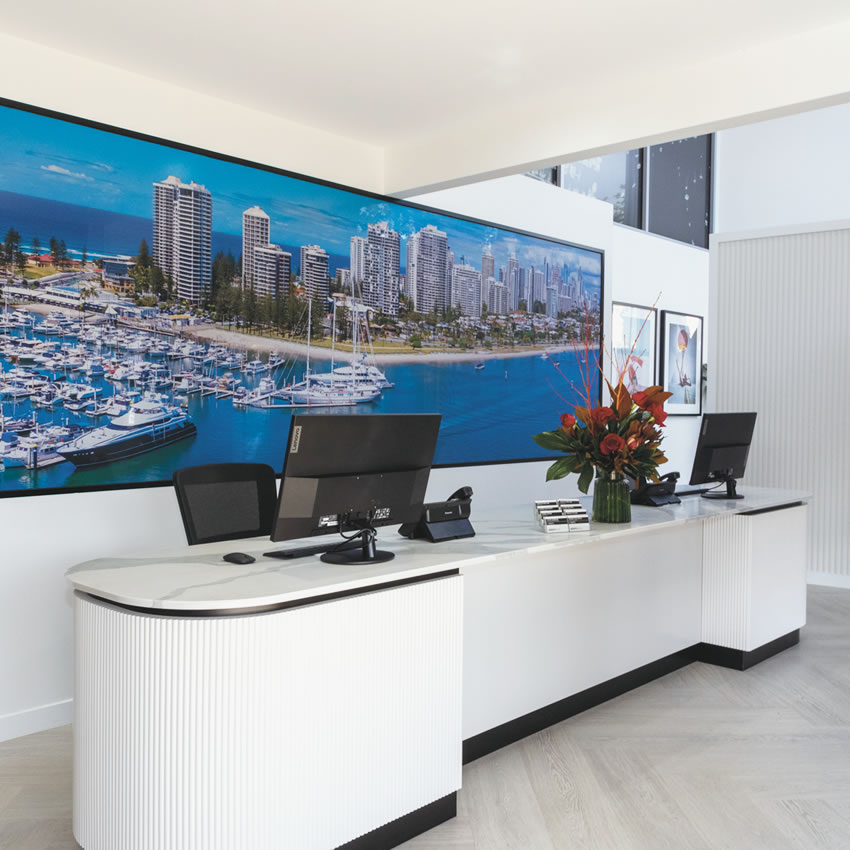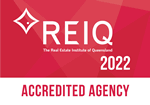The difference between "tenant damage" and "wear and tear" is important in the context of rental properties, particularly when determining responsibility for repairs and deductions from a security deposit.
Tenant Damage
- Definition: Tenant damage is damage that goes beyond normal wear and tear and is caused by the tenant's actions, negligence, or misuse of the property.
- Examples:
- Holes in walls from nails, screws, or accidental impacts.
- Stained or burned carpets or flooring due to spills, cigarette burns, or neglect.
- Broken windows, doors, or appliances due to improper use.
- Unapproved modifications or alterations to the property.
- Responsibility: The tenant is typically responsible for repairing or paying for repairs related to tenant damage. Landlords can often deduct the cost of these repairs from the tenant's security deposit.
Understanding this distinction is crucial for both tenants and landlords to ensure that each party knows their responsibilities and rights concerning property maintenance and security deposit deductions.
Wear and Tear
- Definition: Wear and tear refer to the natural, gradual deterioration of a property that occurs over time due to normal, everyday use.
- Examples:
- Fading or minor scuffing of paint.
- Worn carpets or flooring due to regular foot traffic.
- Loose door handles or minor scratches on walls.
- Faded curtains or blinds from exposure to sunlight.
- Responsibility: The landlord is typically responsible for addressing wear and tear, as it is considered a normal part of maintaining a property.
Both landlords and tenants can take proactive steps to reduce wear and tear and minimize tenant damage, ultimately leading to a better relationship and a well-maintained property. Here’s a guide on how to reduce both wear and tear and tenant damage:
Ways to Reduce Wear and Tear
For Landlords:
-
Use Durable Materials:
- Invest in high-quality, durable materials for flooring, countertops, and fixtures. For example, use tile or hardwood instead of carpet in high-traffic areas, and choose scratch-resistant countertops.
-
Regular Maintenance:
- Schedule routine inspections and maintenance, such as cleaning gutters, checking plumbing, and servicing HVAC systems. Regular maintenance helps to identify and address issues before they escalate.
-
Protective Measures:
- Install protective features like doorstops, floor mats, and corner guards to prevent common wear and tear in high-traffic areas.
-
Quality Paint and Finishes:
- Use high-quality, washable paints and finishes that can withstand cleaning and resist scuffing. This makes touch-ups easier and less frequent.
For Tenants:
-
Use the Property Responsibly:
- Treat the rental property with care, avoiding actions that could accelerate wear and tear, such as dragging heavy furniture across floors or slamming doors.
-
Routine Cleaning:
- Regularly clean the property, including vacuuming carpets, dusting surfaces, and wiping down countertops. This helps to maintain the property and prevents dirt and grime buildup that can cause damage over time.
-
Report Issues Promptly:
- Inform the landlord immediately about any maintenance issues, such as leaky faucets or malfunctioning appliances. Prompt reporting can prevent minor issues from becoming major problems.
-
Use Rugs and Mats:
- Place rugs or mats in high-traffic areas and near entrances to reduce dirt and wear on flooring. This also helps to trap moisture and dirt, preventing them from spreading throughout the property.
Ways to Minimize Tenant Damage
For Landlords:
-
Clear Communication and Expectations:
- Provide tenants with a detailed lease agreement that outlines their responsibilities regarding the care of the property. Clearly communicate what constitutes damage versus normal wear and tear.
-
Conduct a Thorough Move-In Inspection:
- Perform a detailed inspection of the property before the tenant moves in, and document the condition with photos and a written report. Share this with the tenant to ensure mutual understanding.
-
Periodic Inspections:
- Conduct regular inspections during the tenancy, with proper notice to the tenant. This allows landlords to monitor the property’s condition and address any potential issues early.
-
Security Deposit Policy:
- Set a clear policy regarding the security deposit, including how it will be used to cover any damages beyond wear and tear. This can encourage tenants to take better care of the property.
For Tenants:
-
Respect the Property:
- Avoid activities that could cause damage, such as hanging heavy items without proper support, neglecting pet care, or allowing unauthorized modifications to the property.
-
Proper Use of Appliances and Fixtures:
- Use appliances, plumbing, and electrical fixtures as intended and follow any provided guidelines for their use. Misuse can lead to damage that might be costly to repair.
-
Seek Permission for Changes:
- Always ask for the landlord’s permission before making any modifications or improvements to the property, such as painting walls or installing shelves. Unauthorized changes can result in damage that the tenant may need to repair.
-
Document the Property’s Condition:
- Take photos and notes of the property’s condition upon moving in and moving out. This documentation can protect both parties by providing evidence in case of disputes over damage.
-
Educate Co-Tenants and Guests:
- If living with roommates or frequently hosting guests, ensure everyone is aware of and adheres to the rules and guidelines for property care. This helps prevent accidental damage caused by others.
Shared Responsibilities
Both landlords and tenants share the responsibility of maintaining the property in good condition. Open communication, clear expectations, and proactive measures can significantly reduce the likelihood of excessive wear and tear and tenant damage. By working together, both parties can ensure the property remains a comfortable, well-maintained living space throughout the tenancy.
Conclusion
Reducing wear and tear and minimizing tenant damage requires a collaborative effort between landlords and tenants. Landlords can invest in durable materials and conduct regular maintenance, while tenants can use the property responsibly and report issues promptly. Clear communication, thorough documentation, and adherence to lease agreements are key to maintaining a positive rental experience and ensuring the property remains in good condition for future tenants.
Posted By mbps
Updated : 21st August 2024 | Words : 935 | Views : 275
Comments
Latest
Popular
MBPS Property Blog Categories
MBPS News
Main Beach on the Gold Coast is a uniquely popular location that many people dream of living within.
Property Sales
Information about buying or selling property whether it is downsizing, upsizing or investing from Main Beach Property Sales.
Landlords and Investors
Here we have a few pearls of wisdom for Landlords and Investors that may be of interest to MBPS customers.
Market Conditions
The Property Market is constantly changing due to global, national, local and political influences.










